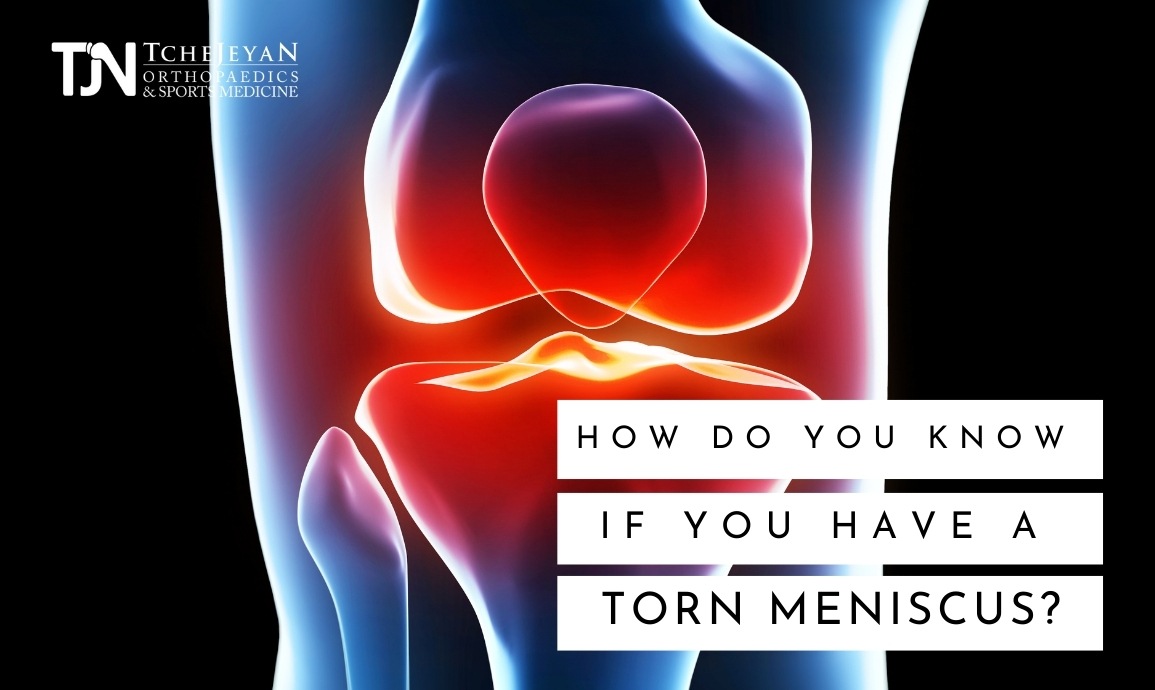When Is Partial Knee Resurfacing The Better Option?
The knee is the body’s largest joint, and one of the most heavily used parts of the body. Properly functioning knees are critical for balance, movement, and bearing weight. Nearly every normal daily activity involves knee functionality. So it is not surprising that, when you experience a knee problem, you want a solution.
How Do You Know If You Have A Torn Meniscus
The meniscus is soft, resilient cartilage in your knee joint between your thigh bone (femur) and shin bone (tibia). It creates a cushion to absorb shock and to prevent bone rubbing on bone. If you twist too quickly or radically at your knee joint when your knee is bearing weight, you can tear the meniscus. It is a common sports injury when athletes run, jump, juke, or pivot. But, really, it can happen even while you are moving about in your kitchen or at the office.
4 Common Knee Injuries That Should Be Seen By A Professional
You may remember from physical education class that injuries should be treated by applying RICE: Rest, Ice, Compression, and Elevation. In many cases, implementing the measures recommended by this useful acronym is good advice. However, you will need professional consultation for the following types of common knee injuries.
Caring For A Dislocated Patella
A dislocated patella, or kneecap, can be extremely painful, but the good news is that this is an injury that can usually be treated without surgery. While seeking medical attention is always important to determine the extent of your injury, the kneecap can often be realigned and treated using simple, proven methods.
Functionality Post Surgery
One of the most common misconceptions that Dr. Tchejeyan has encountered through decades in orthopedics is that patients will have limited mobility after undergoing joint replacement surgery. Nothing could be further from the truth. In fact, Dr. Tchejeyan makes it his primary goal to remove pain and restore function in his patients. He’s been doing
Saving Your Joints – All About Osteotomy
Although our body’s skeletal anatomy is generally the same, not all people are born with every bone in perfect condition or position. Abnormal bone alignment is a genetic condition that places abnormal pressure upon a joint. In situations like this, patients can develop early arthritic changes at a young age. Rather than living in pain,
When To Have Knee Surgery For Arthritis
The decision to have knee arthritis surgery is best made between you and your orthopedic surgeon, but when your knee pain begins to interfere with your everyday activities, it might be time for surgery. Knee Replacement Surgery is a routine surgery performed on more than 600,000 people worldwide each year. More than 90% of people
Considering knee surgery? We’ve debunked the top 10 myths about knee surgery so you can know the facts! MYTH #1: “Knee Replacement” means the removal of several inches from the end of the knee bones (femur and tibia) FALSE! The fact is, knee replacement removes 2-10 mm (that’s less than 1/2 inch) of the damaged








